Ashura and Muharram
This article has been updated on 29th September 2017.
Ashura is the 10th day of the Islamic calendar month of Muharram, and in 2017 it is 1st October. It was on this day in the year 680, or the year 61 according to the Islamic calendar, that Hussain ibn Ali, the grandson of the Prophet Muhammad (peace be upon him), was killed along with more than 100 of his family and followers in Karbala in modern-day Iraq.
It was just over a month earlier that Hussain ibn Ali had set out from Mecca to Kufa, south of Baghdad. He was responding to requests from the local populace that he travel to the city to guide them.
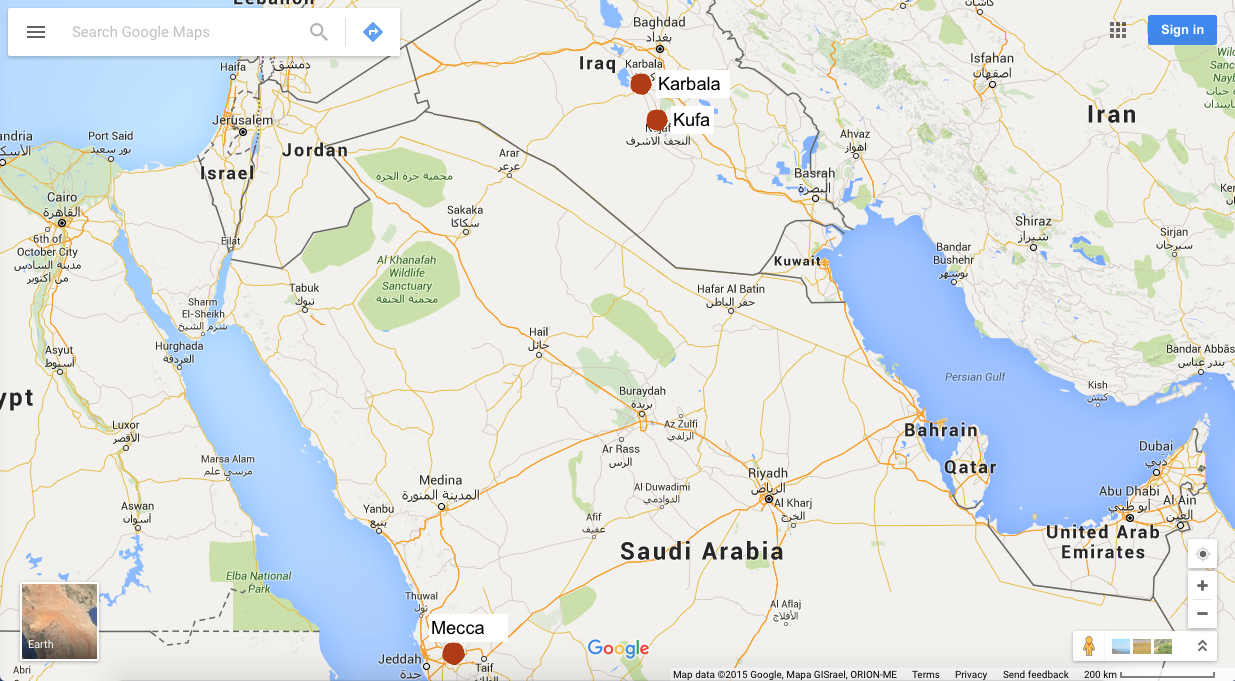
(Image: Google Maps)
Hussain, his family and followers were two days from Kufa when they were intercepted by troops loyal to Yazid, the local king, known for his brutal and tyrannical leadership.
A standoff ensued in the desolate plains of Iraq, during which time Hussain’s camp were prevented from accessing water from the nearby Euphrates River. Thirst and fatigue quickly set in.
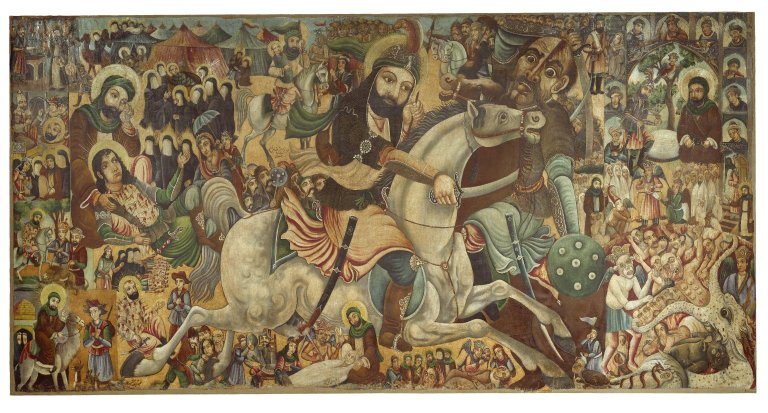
Battle of Karbala by Abbas Al-Musavi (Image: Wikimedia Commons)
On afternoon of the tenth day of Muharram, the standoff ended in an grotesque bloodbath. By the end only a small collection of Hussain’s camp were left; among them, his sister Zainab who would come to symbolise the strength of the resistance.
On the battlefield, Hussain’s 18 year-old son Ali Akbar was killed with a spear to the chest. Hussain’s half-brother Abbas reached the river to bring water for the camp, but was intercepted, slowly dismembered, then finally felled by an arrow to the eye.
Hussain then carried his youngest son, 6-month old Ali Asghar to the front of the camp, in a desperate plea for compassion. The child was then hit in the neck by an enemy arrow. Back on the battlefield, Hussain was hit in the chest by an arrow, hit across the head by an enemy sword, before being beheaded while mid-prayer.
Those left behind, including Zainab, were then taken prisoner and humiliatingly paraded through the streets of Damascus for Yazid’s pleasure.
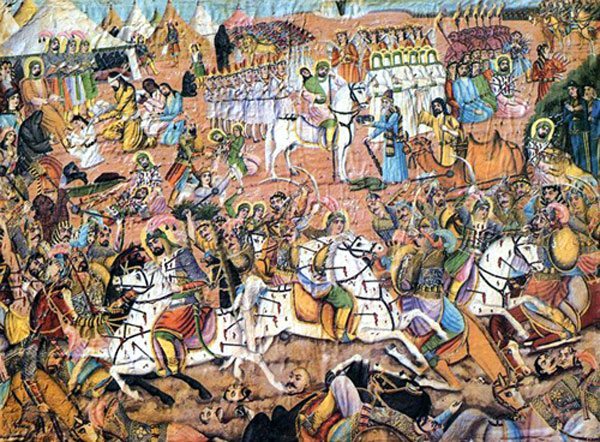
Scene of the Battle of Karbala by Mohammad Modabber (Image: Wikimedia Commons)
While the events of that day are often referred to as the “Battle of Karbala”, its safe to say that they represent nothing short of a massacre. Although historically and spiritually significant for all Muslims, Ashura takes on special meaning for the Shia, for whom the events were an attempt to eliminate the the torchbearers of Islam.
Today, Ashura is a major event in countries with a significant Shia population, including Iran, Iraq, Pakistan and India. Mourning processions, called jaloos, are held in the streets of cities so people don’t forget the sacrifice of Hussain, and with the intention of protesting injustice. Participants dress in black, a colour of mourning and sorrow. The events at Karbala are seen through the prism of rising up against dictatorship, and standing up for the truth, integrity and humanity, no matter what the cost. A white horse, reminiscent of Hussain’s ever-loyal horse Zuljinah, is often part of the spectacle.
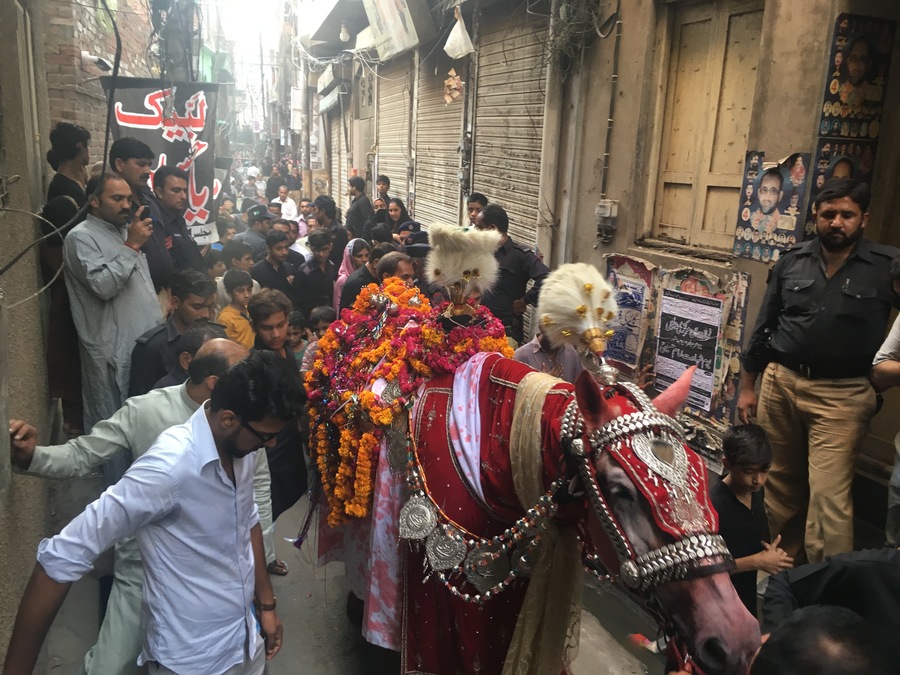
Zuljinah in the Walled City of Lahore
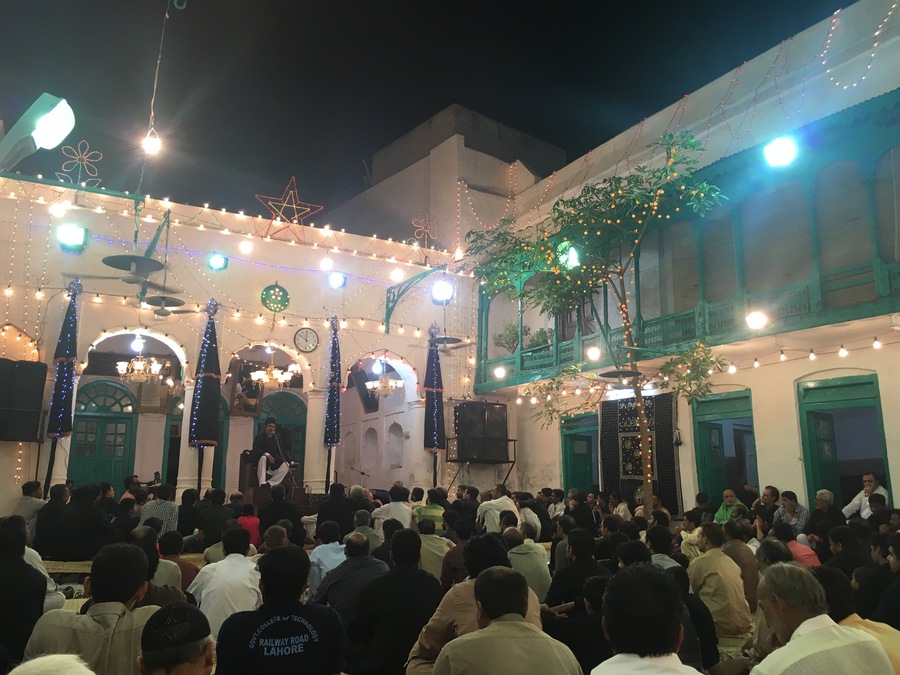
Majlis in Nisar Haveli in Lahore, Pakistan
Remembrance of Ashura takes the form of religious lectures known as majlis, mourning speeches known as masaib, poetry or chanting, and the physical mourning practice known as matam. Partly an expression of grief, partly an attempt to emulate the pain of what Hussain went through, matam is done to varying degrees, from simply beating the chest, to zanjeer zani, a bladed whip used to flagellate the back.
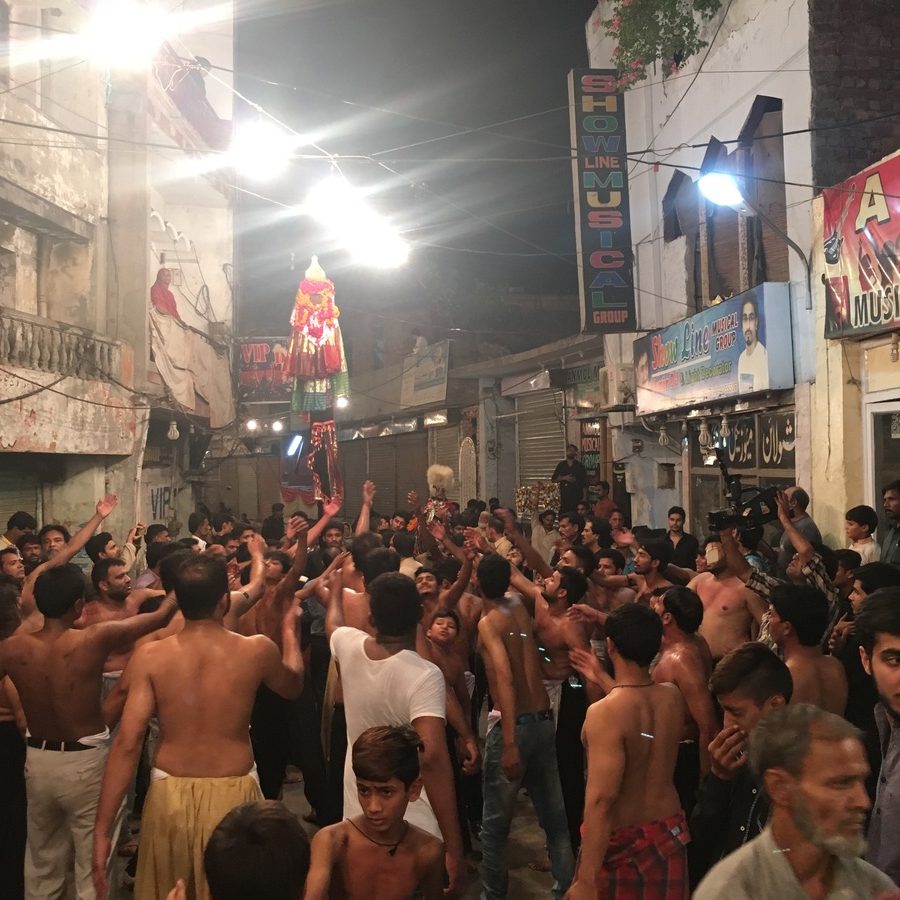
Sina zani (chest beating) at a mourning procession in Lahore, Pakistan
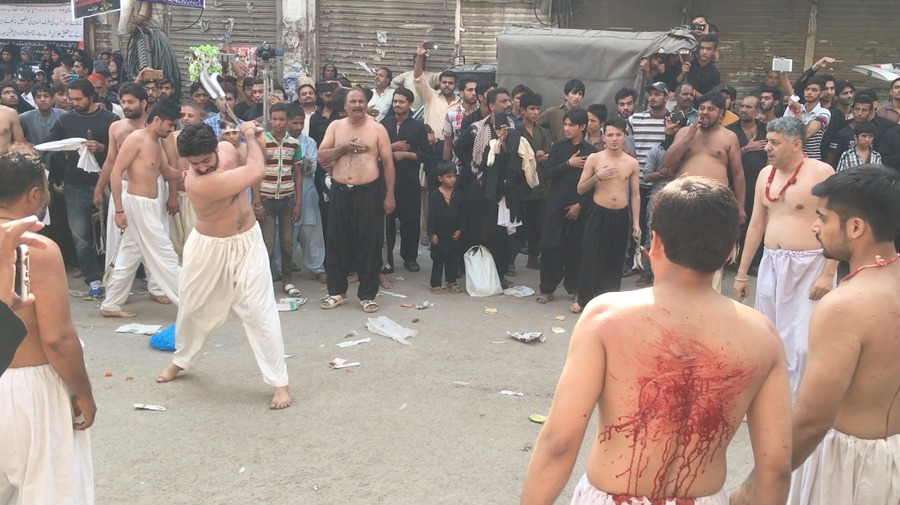
A zanjeer zani participant watches on as another flagellates his back in an extreme expression of grief.
Whatever the expression of grief, the day remains one of the most sensitive in the Muslim calendar, a day for remembrance and reflection, and for many, intense mourning and protest against the horrific events of Karbala.

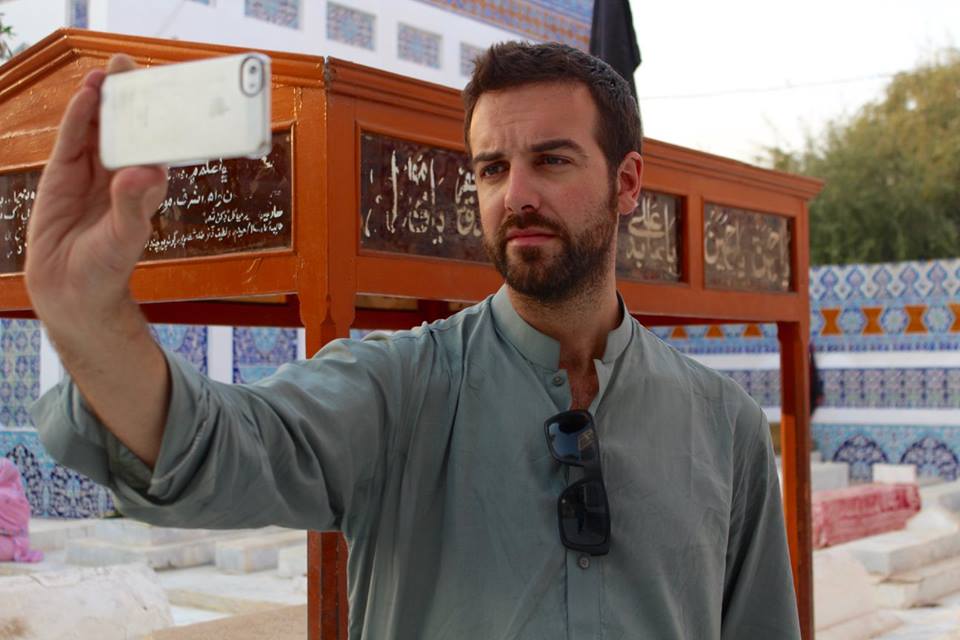

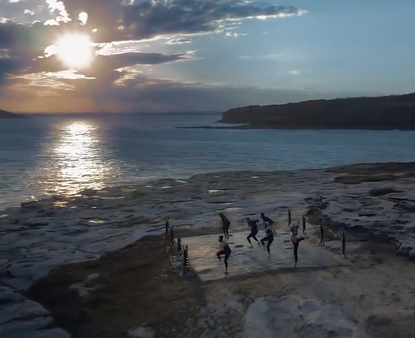
Really interesting read, Tim. Never heard of it before.
Thanks for reading, Agness 🙂
JazakAllah Sir.
Thank you for reading.
Very comprehensively narrated , well done 👍🏼
Thank you for reading.